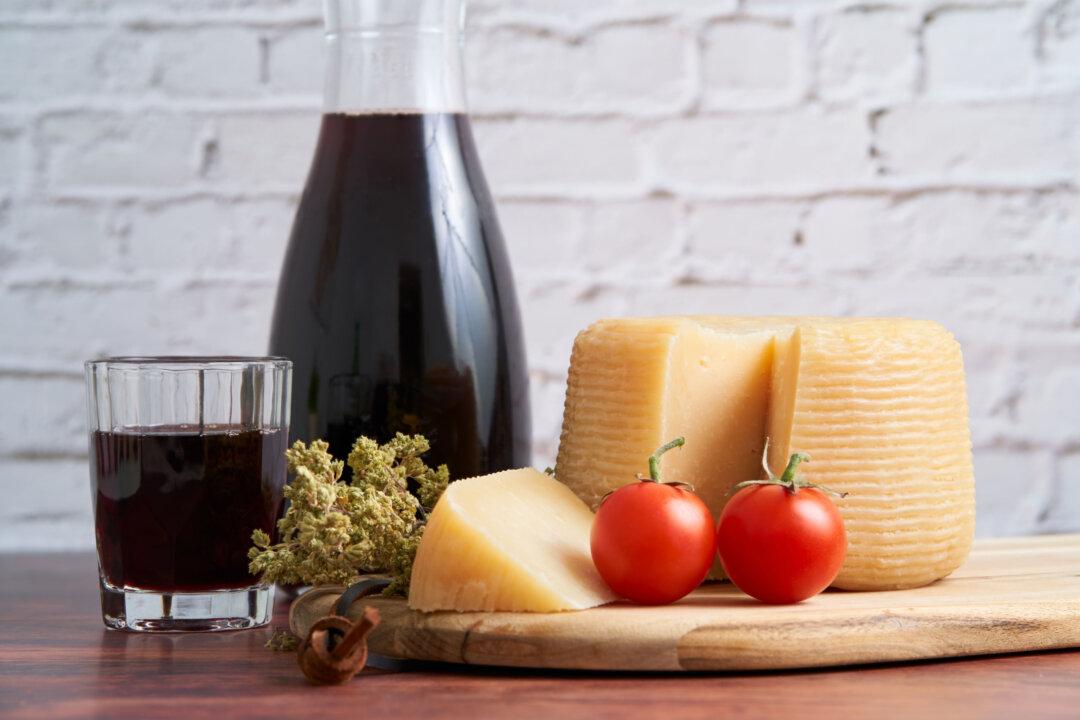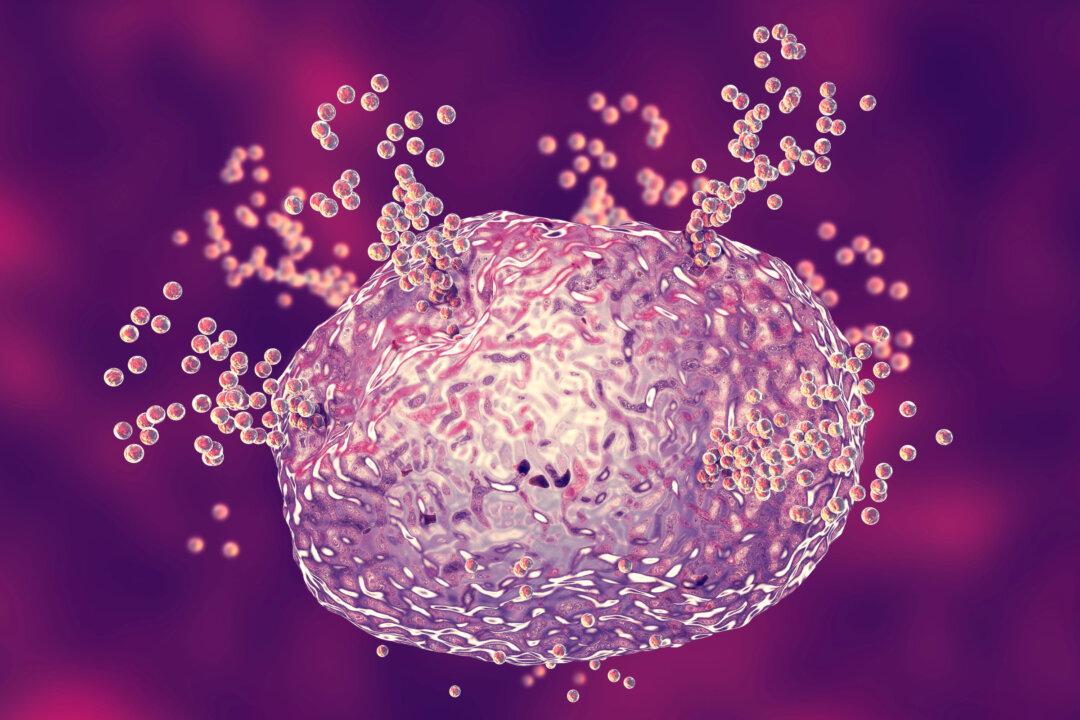We’ve long known that certain dietary interventions are helpful for virtually any viral illness, including COVID-19. This article will discuss those dietary strategies and highlight a recent study on the diet that appears most useful for combating this specific virus.
Metabolism and Viruses
The body was designed to run on two different energy sources: sugar and fat. Any time blood glucose elevates from eating, stress, or lack of sleep, the body uses sugar as its main energy source. This is known as a glycolytic state.Conversely, when the body is in a fasted state or when we intentionally eat low-carbohydrate, high-fat meals, our metabolism shifts to a fat-burning ketogenic state due to the absence of sugars in the bloodstream.






